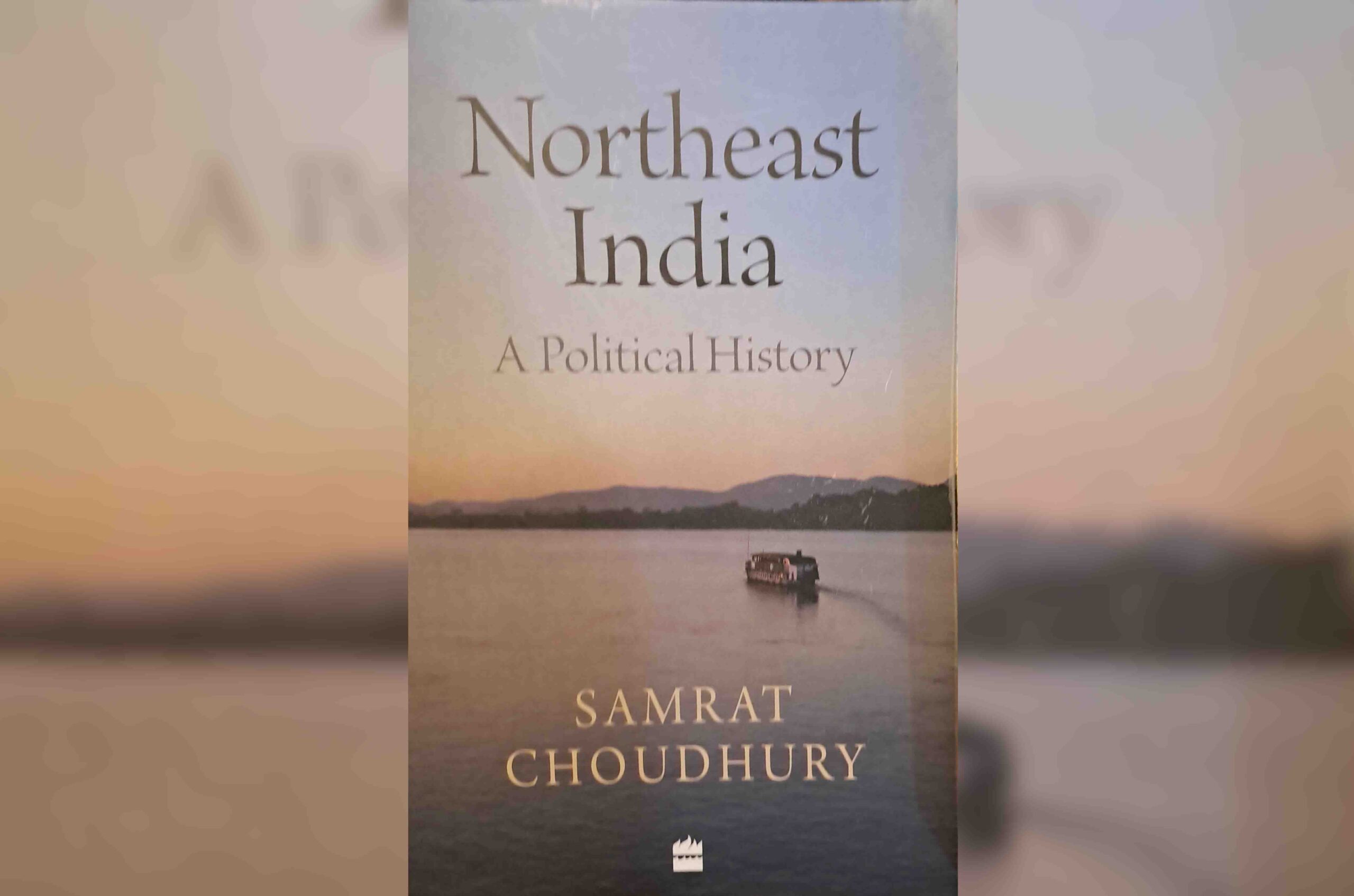Samrat Choudhury’s “Northeast India: A Political History” is a well written historical account of the making of the region, told in the authoritative tone of an omniscient novelist. Enjoyable as it is, the book also leaves some contentious issues unresolved.
The book has nine chapters, the first profiles the motives and compulsions which brought the EIC into the region. One chapter each of the rest are devoted to the eight Northeast states, including Sikkim. Each state gets 40 pages average, except Sikkim with 20 pages, half of which is the concluding commentary on the book.
The Northeast is a very diverse canvas for a single book, and this space constraint is felt. The author however masterly handles this, giving the book a unique narrative flow. The binding thread is the state making project of the British in the region, slowly but steadily yoking together the diverse land in their own interest.
Much of the stories told are already known, however, the author gives them fresh interest with authenticating citations from relevant archival documents, particularly from the C.U. Aitchinson’s Treaties, a collection of treaties relating to India and neighbours during British days. He also routinely places British policies in the Northeast in the context of contemporary developments in the rest of British India, making things clearer.
The Treaty of Yandaboo, 1826, is an epochal turning point in the region’s history and the book uses it as its launching pad. This treaty officially ended the occupation of Assam and Manipur by Burma, and the determines the status of the liberated region. Only Manipur was to remain an independent kingdom while the rest, by implication, were to come under the British.
Many refreshing vantages are also given to familiar histories. For instance, historical accounts of Meghalaya and Tripura constructed from records on the Indian side of border are familiar, but seen from the other side, Sylhet in particular, new angles become visible of public and official anxieties which shaped policies.
There are however several problematic contentions. The book says the EIC, inhibited by the huge expenses of the war with Burma, annexed only Lower Assam after the 1826 treaty, leaving the rest to be annexed eventually 12 years later in 1838. No explanation however is provided why many major policy decisions of the British administration were in these territories while they were presumably still not annexed. The raising of the Cachar Levy and Jorhat Militia in 1835 which later became the Assam Rifles in 1919 is one. Likewise, in 1833, by a treaty with Manipur, the British demarcated the extent of its eastern boundary.
Some conclusions on the Inner Line created by the Bengal Eastern Frontier Regulation, 1873, along the foot of the Assam hills to separate two categories of administrative zones also are fuzzy. The revenue plains were put under regular administration while the “wild” hills beyond this line were kept under the gaze of the Assam Governor. The Government of India Act 1935 further categorised these hills into “Excluded Area” (under the charge of the Assam Governor) and “Partially Excluded Area” (with some nominated representations in the Assam legislature). Yet, the book claims a greater part of these hills were never part of British India. Since India inherited only British India’s possession by a “transfer of power” in 1947 and merger of princely states had to be negotiated later, would this mean these territories beyond the Inner Line are technically and legally still not part of India?
These ambiguities probably come from conflating two parallel driving motives of the EIC – commercial and strategic. If Upper Assam or the territory beyond the Inner Line did not fall within EIC’s commercial interest, it did not have to mean they were outside its map of strategic concerns too – much like how operational jurisdictions of different units of the Indian Army in the Northeast today do not align with the political boundaries of the states.
Reopening of the debates on status accorded to Tawang at the Simla Conference; why China was included in this conference; whether there was also officially an “Outer Line” though no legislation created one as in the case of “Inner Line” etc., are left with no definite answers. Despite these, the book is certainly engaging.
The review was first published in The Telegraph. The original can be read HERE












